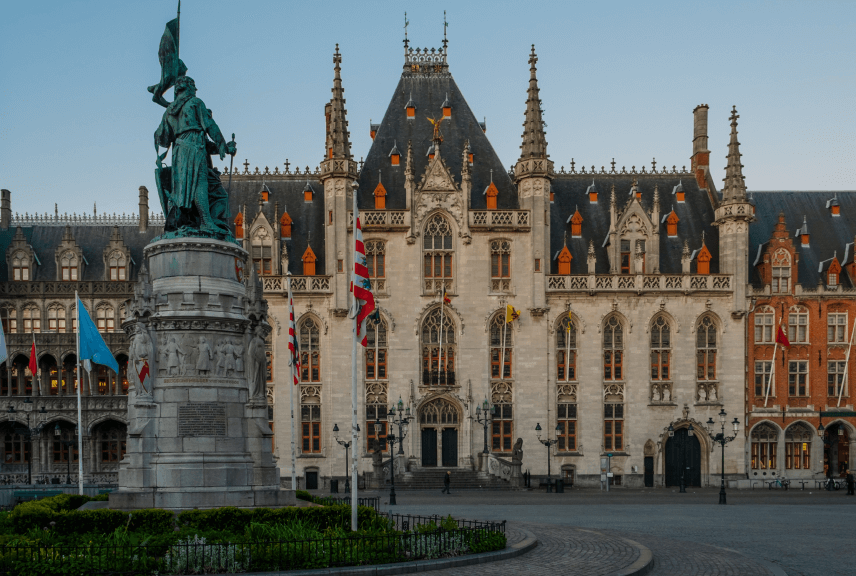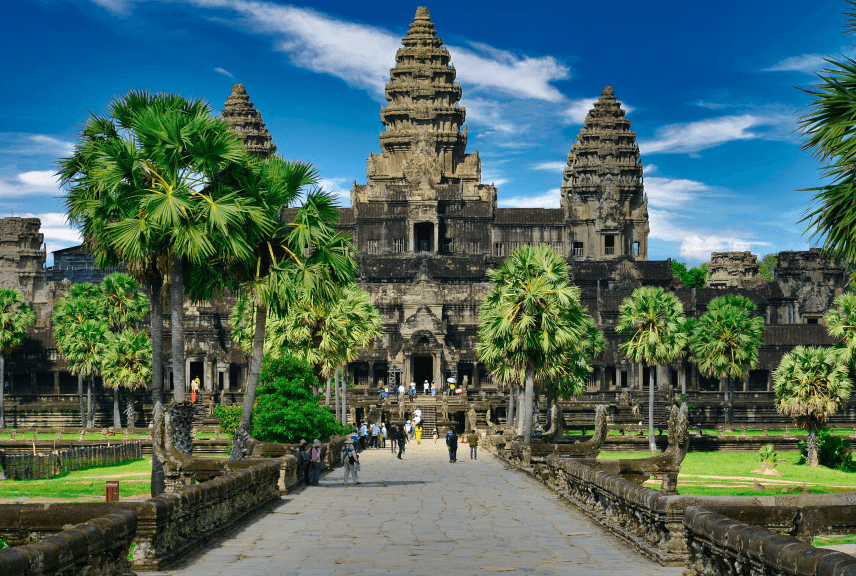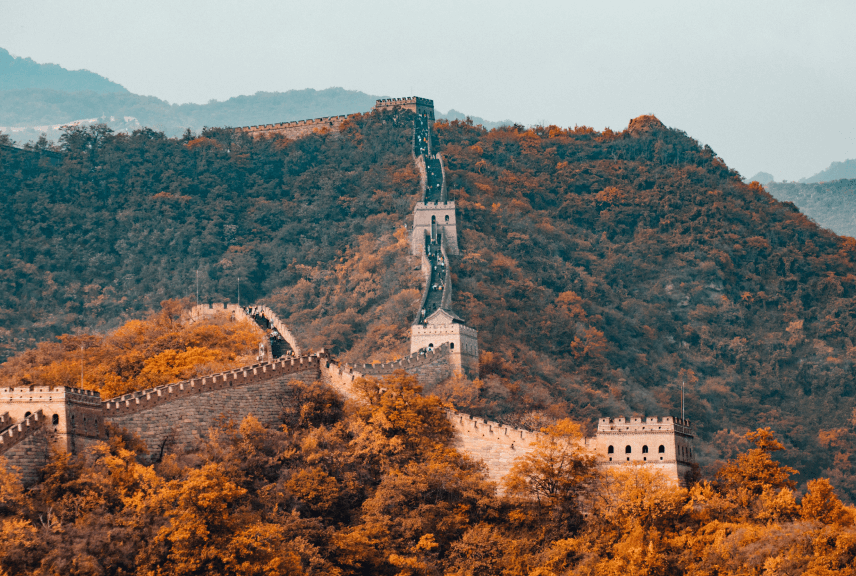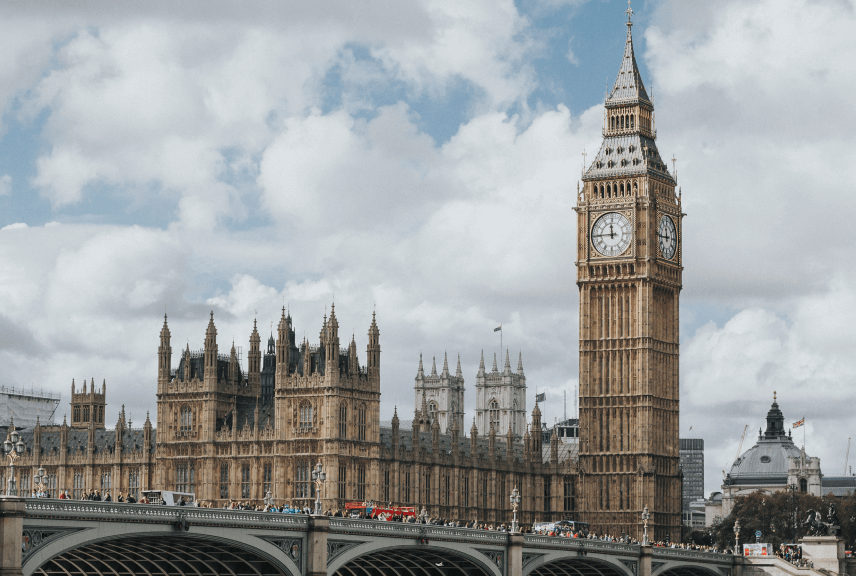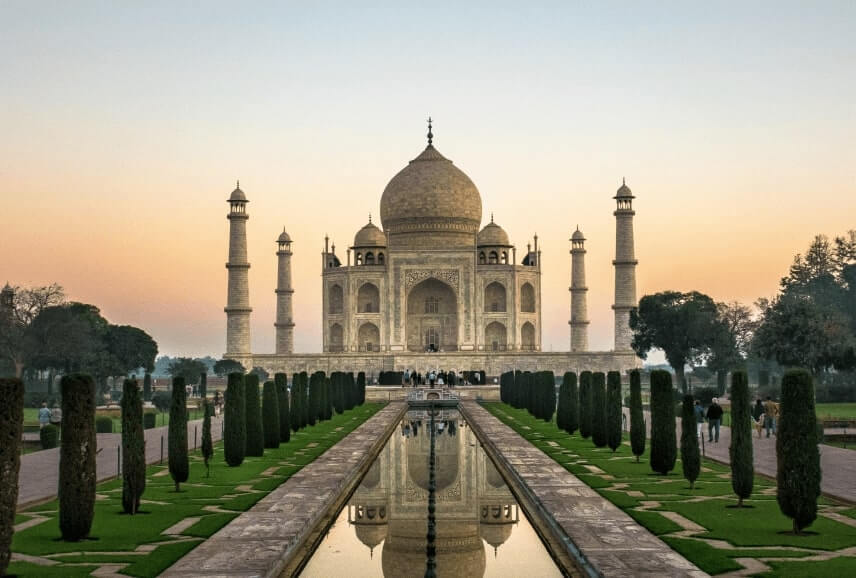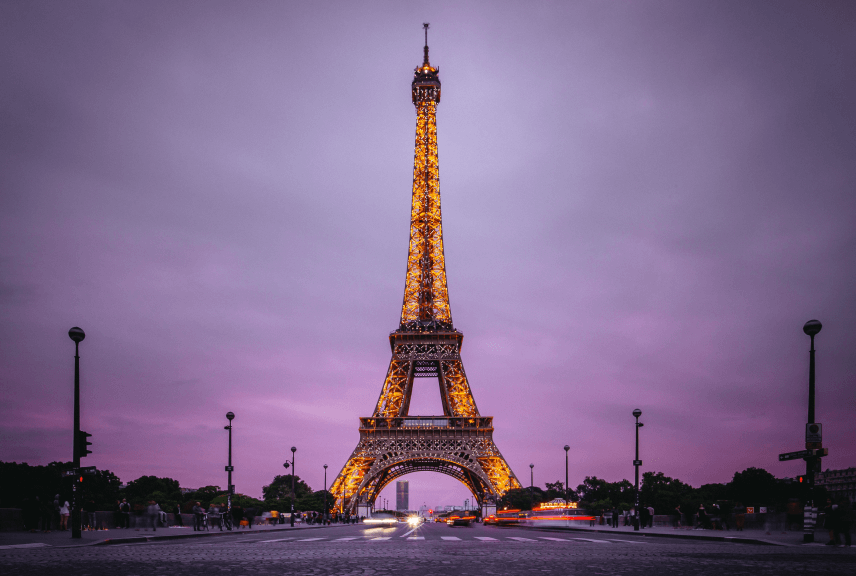Siri Fort
Siri is the second city of Delhi and was built by Sultan Alaud-Din Khilji in about 1303, to the north of Mehrauli. The few remains of the city can be seen in the Siri Fort complex near the Asian Games Village area, east of Hauz Khas. Visitors can reach the fort complex by either taking the Khel Gaon Marg on the west or Josip Broz Tito Marg on the east. High Rubble-built walls in stretches in the southern direction and western direction, some bastions and flame-shaped battlements are all that are left of the strong fortress city today which compelled ferocious fighters like the Mongols to accept defeat. The city derives its name from the Hindi word sir meaning head because about 8000 heads of Mongol soldiers were buried in the walls of the city.
The city was built on a large scale with palaces and other structures and had seven gates for the people to enter or exit the city. Though no remains of the structures have been found except the southeastern gate but it is said that the main palace of the fort was very beautiful and profusely decorated with precious gems and expensive stones. There are also some dilapidated structures belonging to the Khilji period in the Shahpur Jat village on the west. Among them the most popular is the ruins of Tohfewala Gumbad Masjid. The domed central apartment and the sloping wall of the mosque are the structures left for the visitor to admire the architectural style of the Khiljis.

Tughlaqabad
Ghazi Malik, famous as Ghiyas-ud-din, founded the Tughlaq Dynasty in 1321 AD. He built the strongest fort in Delhi at Tughlaqabad, which was completed a great speed of four years of his rule. Tughlaqabad is the third city of Delhi. The fort has slanting walls, double-storeyed bastions, gigantic towers, palaces, mosques and audience halls. It was deserted soon after the death of Ghiyas-ud-Din probably because of scarcity of water or because of the new capital built by Mohammad Bin Tughlaq.
